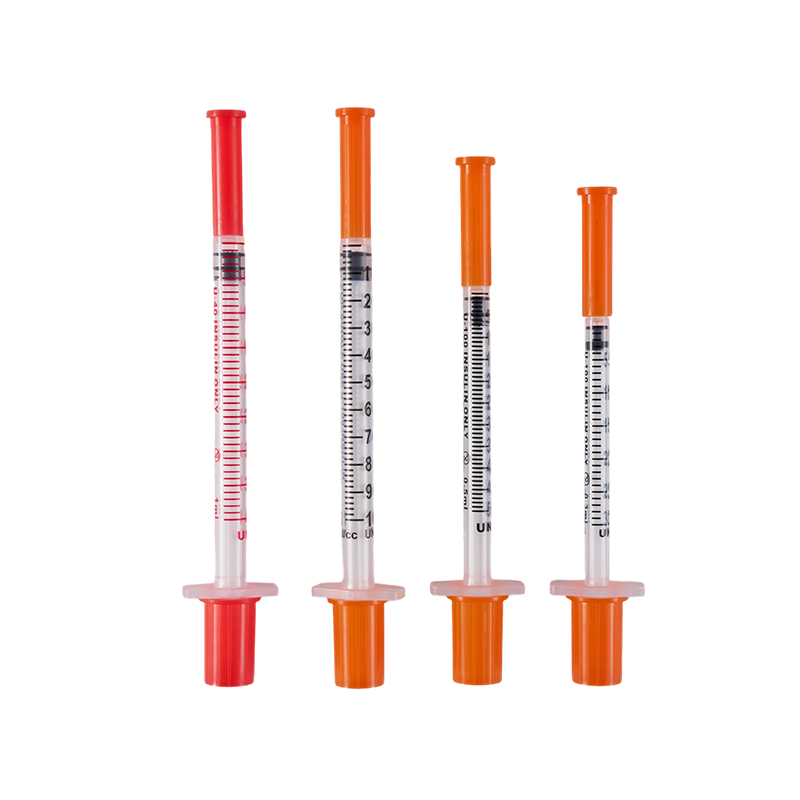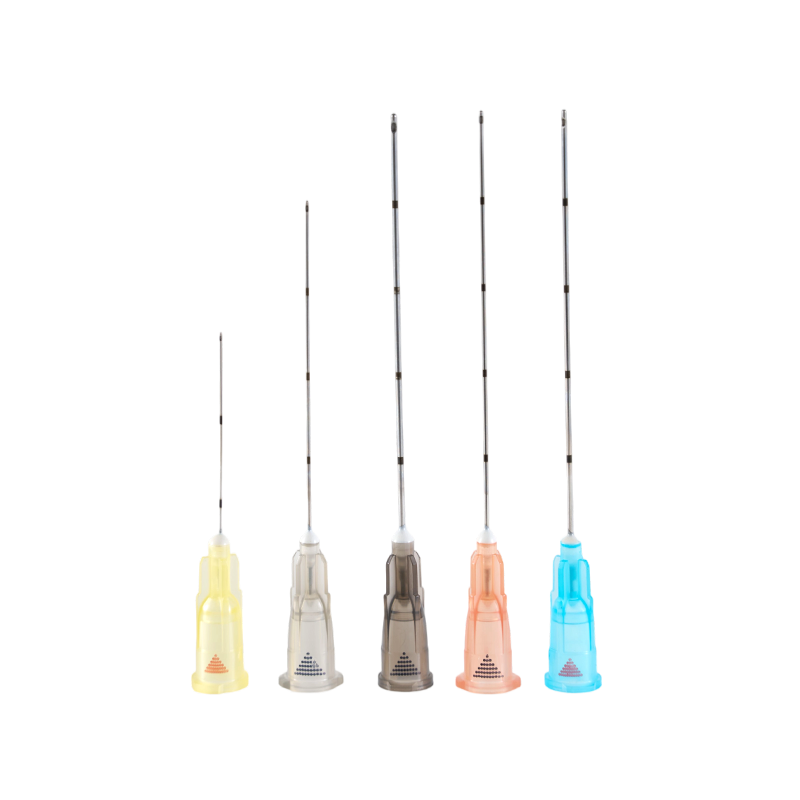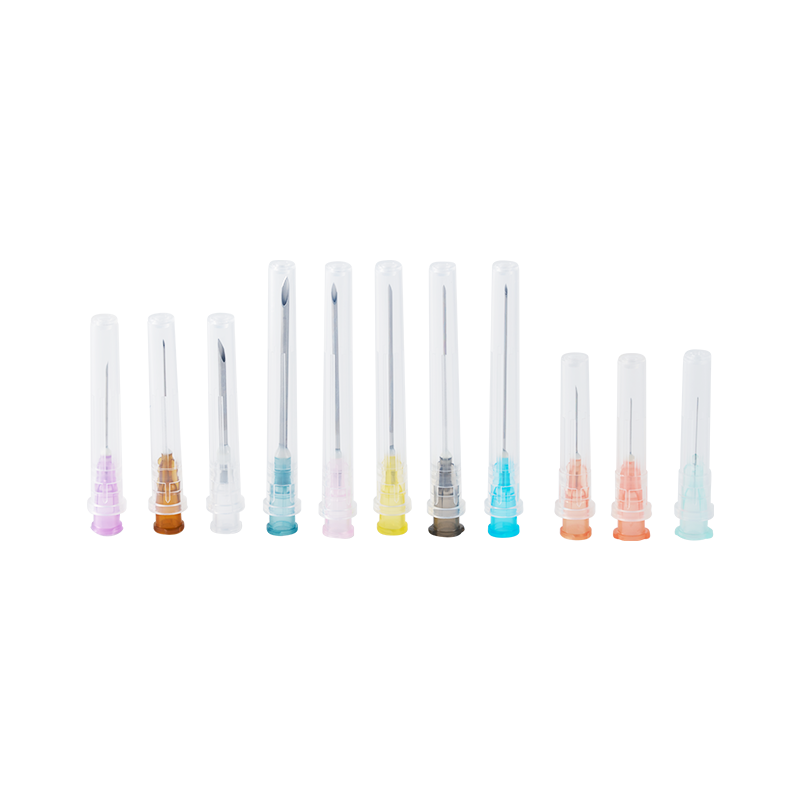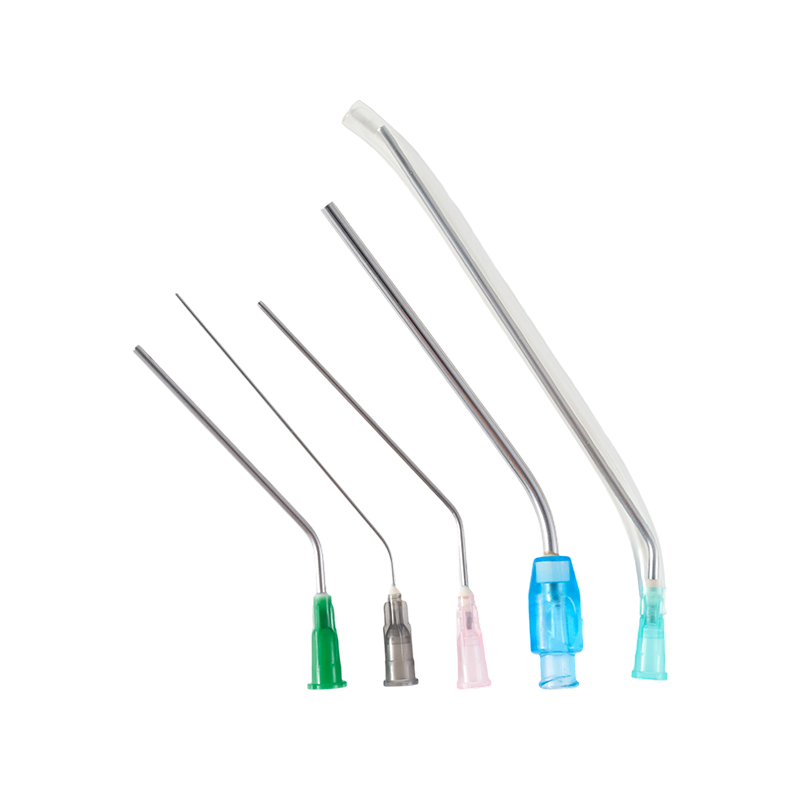Don't hesitate to send a message
The design and production comply with ISO8537. The plastic parts are moulded by ...
Sterilization is a process that aims to destroy or remove all forms of microbial life, including bacteria, viruses, fungi, spores, and all other microorganisms. For veterinary disposable needles, this process is vital to prevent the transmission of diseases from one patient to another or from the environment to the patient.
There are several methods used for sterilizing veterinary disposable needles, each with its own set of advantages and disadvantages. Understanding these processes is essential for veterinary professionals to choose the most appropriate method for their practice.
1. Autoclaving
Autoclaving is a high-pressure steam sterilization method that is widely used for sterilizing Monoject Veterinary Needles and other medical equipment. This process involves exposing the needles to high-temperature steam under pressure, which effectively kills all microorganisms. The advantage of autoclaving is its ability to sterilize a large number of items at once and its effectiveness against a broad range of pathogens.
2. Ethylene Oxide (EO) Sterilization
Ethylene oxide is a gas that is effective in sterilizing Veterinary Hypodermic Needles and other heat-sensitive medical devices. EO sterilization is particularly useful for items that cannot withstand high temperatures or moisture. It is a cold process, making it suitable for materials that would be damaged by heat or moisture. However, it requires a longer time for the gas to penetrate the items and for the residuals to dissipate.
3. Gamma Radiation
Gamma radiation is a method used to sterilize Disposable Veterinary Needles and other medical products that can withstand high energy radiation. This process involves exposing the needles to gamma rays, which are powerful enough to destroy all forms of microbial life. Gamma radiation is effective, but it requires specialized facilities and can be more expensive than other methods.
4. Chemical Sterilization
Chemical sterilization involves the use of agents like glutaraldehyde or peracetic acid to sterilize veterinary disposable needles. This method is suitable for equipment that cannot be exposed to heat or radiation. Chemical sterilization is effective, but it requires careful handling and disposal of the chemicals used, as they can be hazardous.

The sterilization of Monoject Veterinary Needles, Veterinary Hypodermic Needles, and Disposable Veterinary Needles offers several benefits:
While sterilization is essential, it also presents challenges:
The sterilization of veterinary disposable needles, including Monoject Veterinary Needles, Veterinary Hypodermic Needles, and Disposable Veterinary Needles, is a critical component of modern veterinary practice. It is a commitment to the safety and well-being of the animals under care and a testament to the professionalism and diligence of the veterinary community. As technology and methods evolve, so too will the ways in which we ensure the sterility of these essential tools, maintaining the highest standards of care for our beloved pets.

The design and production comply with ISO8537. The plastic parts are moulded by ...

There are three kinds of the tip types, Sealed-circle with 2 side holes, sealed-...

Assembling with insulin pen, for insulin hypodermic injection.The plastic parts ...

Used in conjunction with an insulin pen, it is used for subcutaneous injection o...

The cannula is made of high quality austenite stainless steel.All the components...

The material of the needle is Medical grade SUS304,which have great stiffness, t...

The barrel is made from high transparent polypropylene(PP),which have a bright a...

The cannula is made of high quality austenite stainless steel.The lancet tip is ...